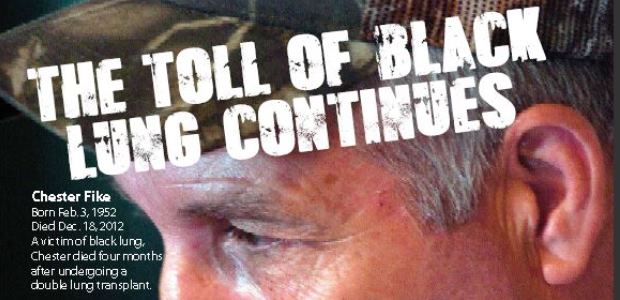
MSHA's Respirable Dust Rule Taking Effect Aug. 1
Aug. 1 is the first compliance date for the new rule that lowers the allowable exposure of coal miners to respirable coal mine dust; some parts of the rule are being phased in for the next two years.
Key elements of the respirable dust final rule MSHA unveiled in April 2014 are taking effect starting Aug. 1, 2014. The rule is the centerpiece of MSHA's campaign to end black lung, which launched in 2009, and was proposed as black lung cases among younger miners were increasing, according to the agency, which reports more than 76,000 coal miners have died from black lung since 1968 and more than $45 billion in federal compensation has been paid to miners disabled by it and their survivors.
The rule reduces permissible exposures to coal dust and requires real-time dust monitoring and sampling of miners' exposure over their entire work shift. It makes use of cutting-edge technology to provide real-time information about dust levels, allowing miners and operators to identify problems and make necessary adjustments. And it requires immediate corrective action for excessive levels of dust. The two-year phase-in is was included so mining companies can adjust to the new requirements, acquire monitoring equipment, and get compliance assistance from MSHA.
The final rule adds Subsection 72.100, which specifies medical monitoring for all coal miners -- x-rays, spirometry examinations, symptom assessment, and occupational history. The operator must provide this monitoring at no cost to the miner and use NIOSH-approved facilities to provide the examinations. Operators must submit a plan, for NIOSH approval, on how they will provide the examinations and include a roster of miners at their mine sites, and the NIOSH-approved plan must be posted on the mine's bulletin board at all times.
The AFL-CIO released a statement July 30 congratulating the Department of Labor for issuing the rule and thanking Secretary of Labor Tom Perez and MSHA Assistant Secretary Joe Main "for their leadership and fierce dedication to protecting workers." The statement said the AFL-CIO is committed to working with MSHA, the United Mine Workers of America, and other unions "to see that the new coal dust rules are fully and effectively implemented and enforced."